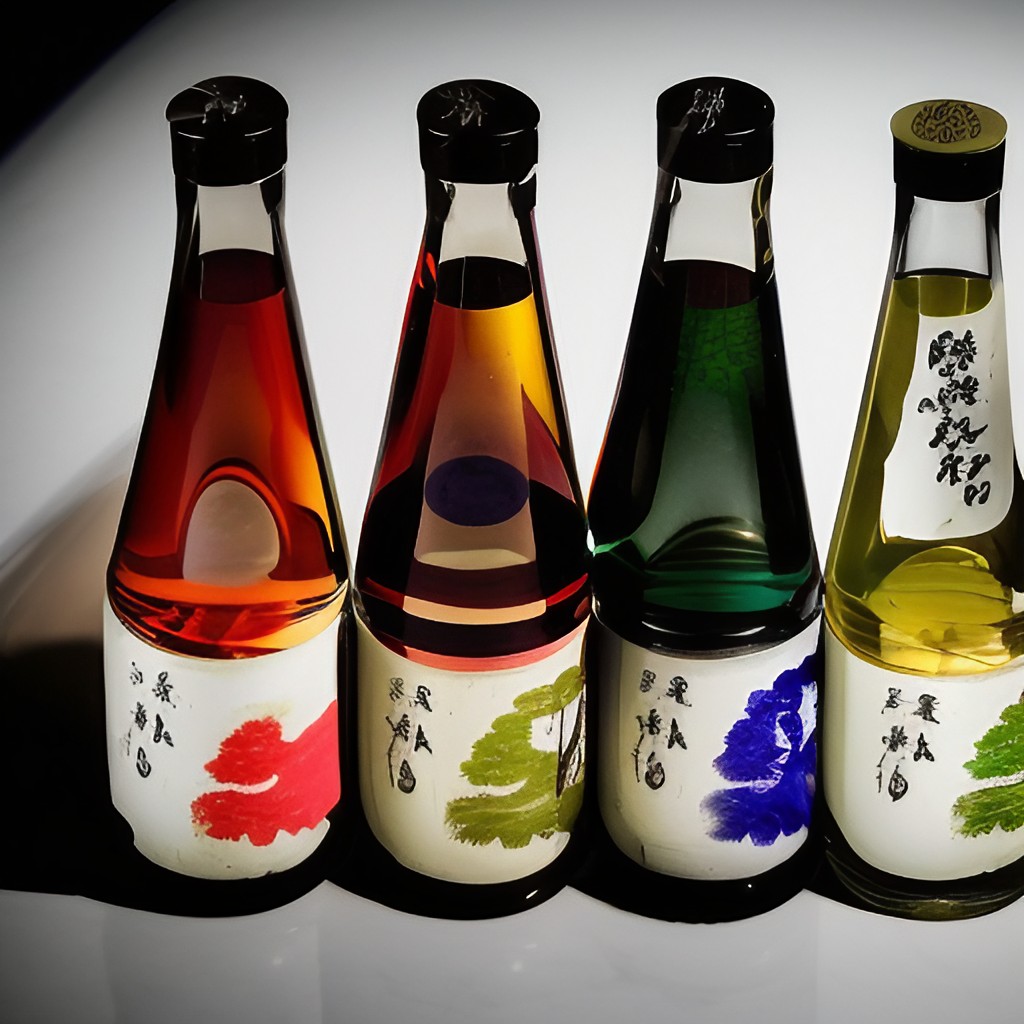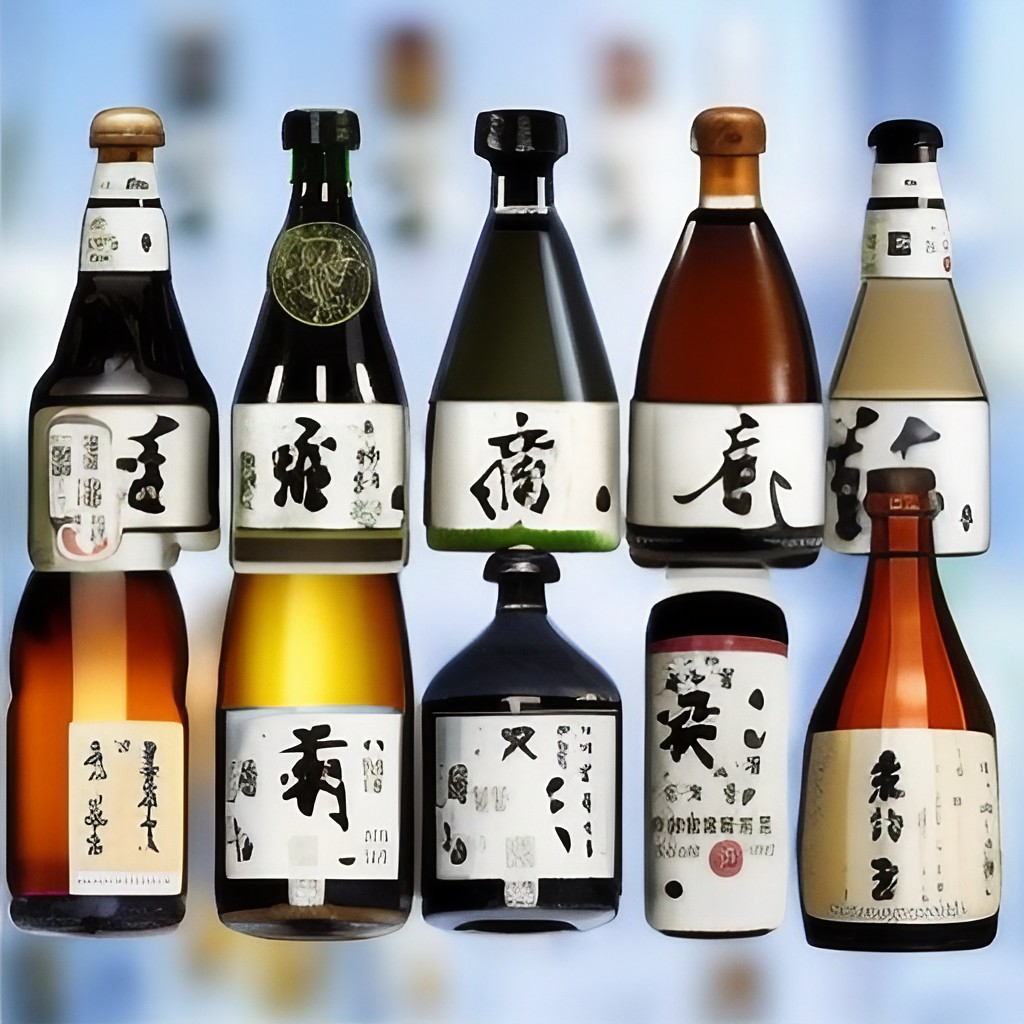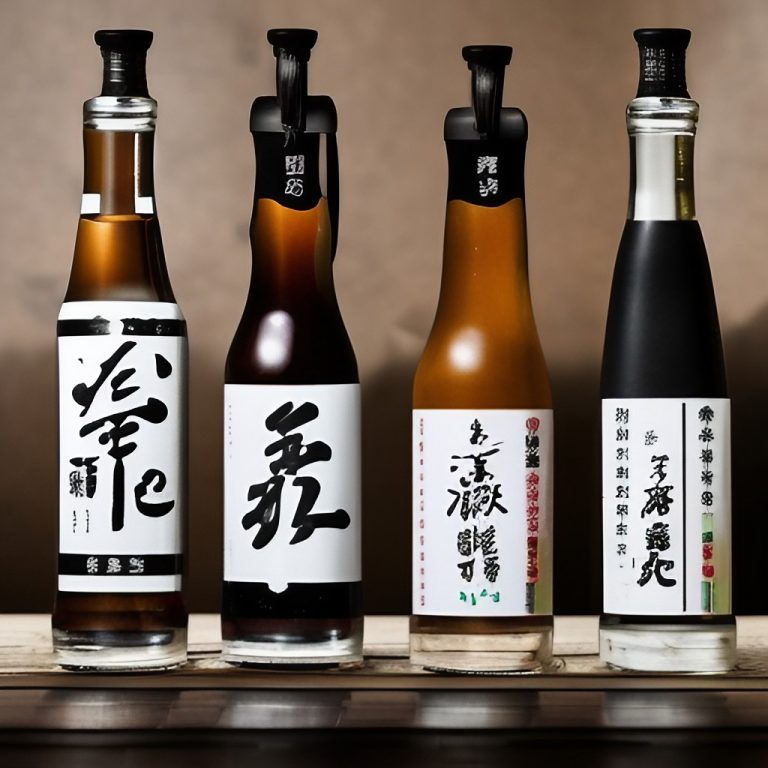Hot Sake Brands: Warm Up Your Winter Nights with Rich, Bold, and Full-Bodied Flavors
Sake is an integral part of Japanese culture, with its roots stretching back more than 1,000 years. Hot sake has been around for centuries, with brewers continually refining the brewing process and producing a variety of different brands. With such immense variations in hot sake available today, it can be hard to determine which ones are worth trying out! In this post, I will discuss the various types of hot sake on the market, their flavor profiles, and even explain how sake reacts differently when heated. Read on for my ultimate guide to finding your best warm sake!

What is hot sake, and why it’s popular
Hot sake is an increasingly popular beverage, especially among those that enjoy exploring different cultural traditions and culinary experiences. It is a traditional Japanese rice wine heated to a warm or hot temperature before serving. Hot sake has a different flavor profile than chilled sake – it is often described as having a fuller, richer flavor and a slightly smoky aroma. Heat also causes the aromas to be more pronounced, making it easier for the nose to appreciate the complex flavors of the drink. Many aficionados believe that hot sake is the perfect companion to various foods, from light appetizers to rich and hearty main dishes. It’s not just the flavor that makes hot Japanese sake so popular: it’s also a drink that requires a bit of ceremony and ritual to enjoy, and that adds to the pleasure of the experience. Whether you’re interested in exploring different cultural foods or simply looking for a tasty beverage to pair with your next meal, hot sake is worth a try.
Types of Hot Sake and Their Benefits
Hot sake is a popular Japanese alcoholic beverage that is enjoyed by many all over the world. Several types of hot sake are served at different temperatures, each with its distinct flavor profile and health benefits. For instance, Atsukan, a popular type of hot Japanese sake, is served at a temperature of 113-122°F and is known for its bold, rich, and sweet flavor. It is said to aid digestion, improve circulation, and boost the immune system. Another type of hot sake, called Kanzake, is served at an even higher temperature of 131-140°F and is known for its mellow and smooth flavor. It is said to improve blood flow and reduce stress. Overall, hot sake is a great way to warm up on chilly days while reaping health benefits at the same time.
How to Choose the Best Hot Sake
Hot sake can be a delicious and soothing drink to enjoy on a chilly evening, but how can you choose the best one? First, check the label for the milling rate – this refers to the percentage of the rice grain that remains after polishing and can affect the flavor and quality of the sake. Generally, a lower milling rate is associated with higher-quality sake. Next, consider the brewing method – some sakes are brewed using traditional methods, while others use modern techniques that may affect the taste. It’s also important to pay attention to the temperature recommendations – different sakes may taste better at different temperatures. Finally, don’t be afraid to experiment and try different hot sake types to find your favorite.

Popular Hot Sake Brands and Their Reviews
Hot sake is a delicious and warming Japanese drink that has recently gained much popularity. With so many brands and varieties to choose from, it can be not easy to know where to start. Luckily, as a knowledgeable connoisseur of hot sake, I can guide you through the best brands and their reviews. One popular brand is Ozeki, known for its smooth taste and affordability. Another great option is Hakutsuru, which has a light and refreshing flavor. If you’re looking for something premium, Dassai is a top-of-the-line choice with a creamy texture and rich taste. You won’t be disappointed with any of these popular hot sake brands.
Best Recipes for Serving Hot Sake
To truly enjoy the warmth and unique flavor profile of hot sake, it’s important to serve it properly. After all, no one wants to take a sip of sake that’s been overheated or underheated, resulting in a less-than-desirable taste and texture. In order to ensure the best possible experience, it’s important to follow the recommended heating instructions for each type of sake. From rich and full-bodied Junmai to delicate and fruity Ginjo, each variety requires a different degree of heating and a specific serving temperature. Knowing the best recipes for serving hot sake, you can take your taste buds on a journey through Japan’s centuries-old brewing tradition.
Frequently Asked Questions About Hot Sake
Hot sake is a popular Japanese beverage that has been enjoyed for centuries. You may have several questions about this drink if you are new to it. Is it safe to drink hot sake? How should it be served? What temperature is ideal for heating it? These are just a few of the questions that come to mind. As a knowledgeable sake enthusiast, I can tell you that hot sake is perfectly safe to drink when prepared correctly. The ideal temperature for heating sake varies based on personal preference and the quality of the sake. Serving hot sake in traditional ceramic cups can also enhance the flavor and aroma of the drink. Understanding the basics of hot sake is the key to enjoying this delicious beverage.
Hot sake is a great choice of drink, both for its taste and health benefits. It is an excellent accompaniment to any meal–from traditional Asian cuisine to Western favorites like steak and burgers. With the right flavor and quality, it can complete your experience. That’s why it’s important to choose the best sake for hot sake for you: one that meets your individual preferences, as well as being crafted with care. Whether you are looking for luxurious flavors or a more economical option, there is something out there to suit everyone. Hopefully, this blog post has helped inform your selection process and equip you with all the necessary knowledge about hot sake so you can find the perfect bottle!






